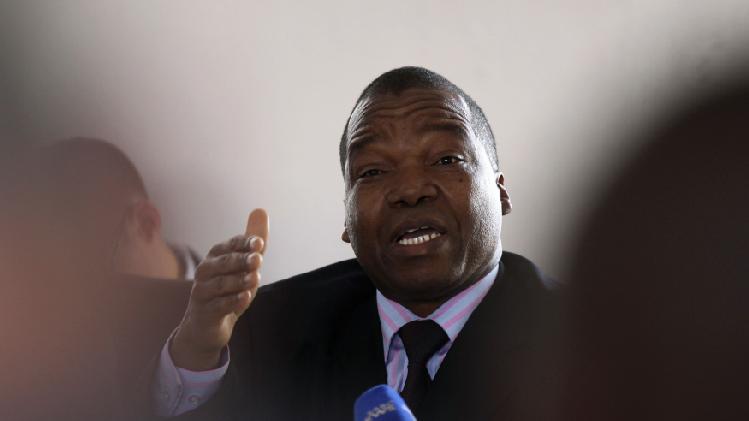The monetary policy statement (MPS) predicated on the fiction that the local bond note currency is worth the same as the international dollar must be interpreted with due circumspection, if not outright cynicism.
If the economy really is “open for business” – and Governor John Mangudya’s presentation goes to some lengths to demonstrate that it is not – currency values should be determined by market forces, not government diktat.
Moreover, in an open, liberalized, market economy the bulk of Governor Mangudya’s analysis and policies, indeed should be, would be redundant.
Dollarisation succeeded for a few years when the Government of National Unity was in office, but once ZANU-PF regained control of the levers of power, it embarked on a borrow and spend spree that, if the budget numbers are accurate, is set to continue.
In the 4 years to 2017 the government’s share, including parastatals, of domestic credit, increased almost ten-fold from under 10% to 65%, while domestic debt surged from some $360 million in 2013 to over $6 billion.
Having crowded out the private sector so comprehensively, the chosen solution as outlined in recent RBZ policy statements, is to raise funds externally and channel them into “priority” sectors selected by politicians and central bankers with little knowledge of the realities on the ground.
Just how this command economy mentality morphs into one that is open for business remains to be seen.
Against this background and in the wake of a 75% increase in the money supply in the last two years and another 23% to come in 2018, Governor Mangudya’s promise to use monetary policy to keep inflation within a 3% to 7% band is truly heroic.
His chances of success are minimal, even with the help of intimidation by politicians and reliance on the Zimstat consumer price index as a meaningful measure of inflation, which very obviously it is not.
That dollarisation in Zimbabwe has passed its sell-by date is evident on several fronts.
The most transparent market measure of currency over-valuation is the Old Mutual Implied Rate, calculated by comparing the gap between London or Johannesburg prices for OM shares at the official exchange rate, with the Harare valuation.
Continued next page
(344 VIEWS)
